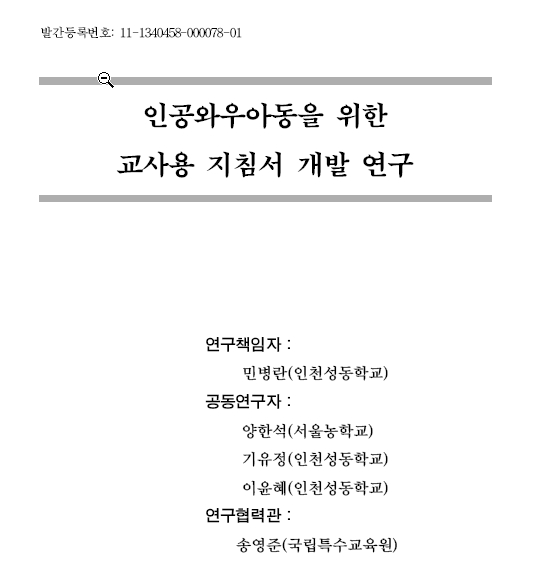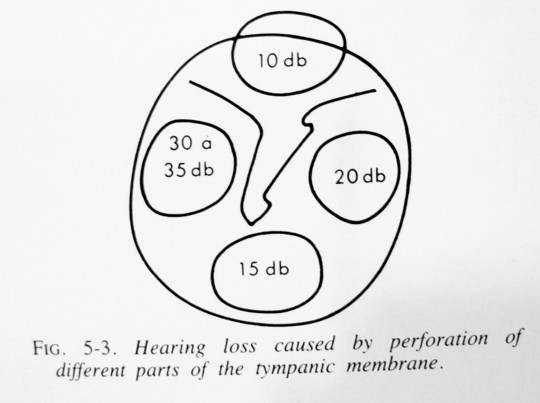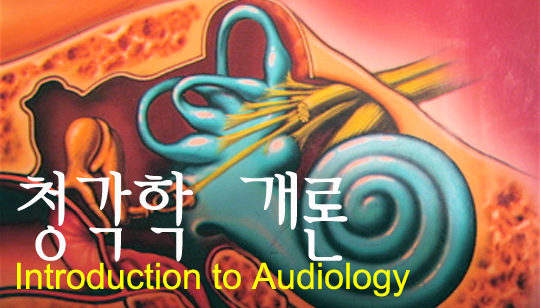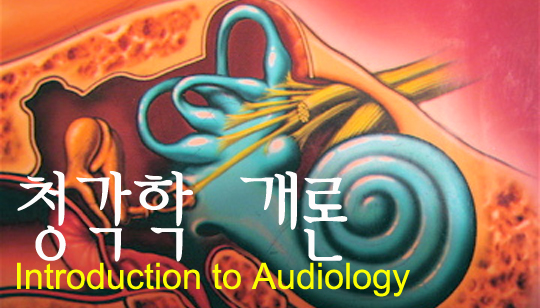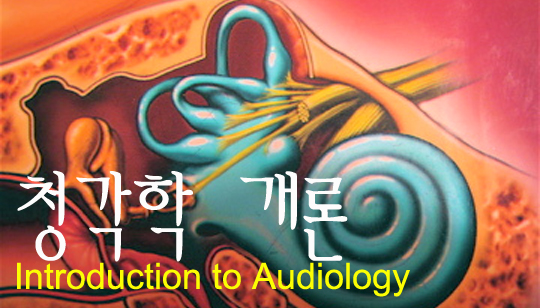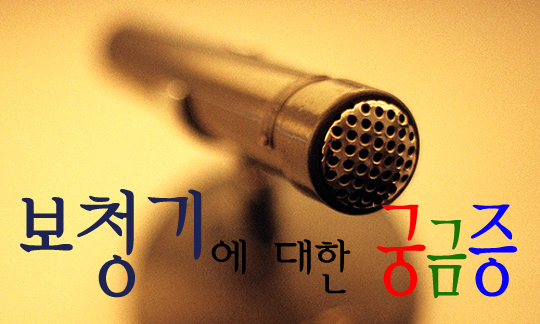
오늘은 보청기용 배터리에 대한 이야기입니다.
일반적으로 보청기용 배터리는 Zinc-Air Battery, 즉 아연-공기 배터리로 알려져 있습니다. 물론 배터리 케이스에도 그렇게 인쇄가 되어 있습니다.
그런데 아래의 글을 보면 아주 약간의 (about 3%) 수은(mercury)가 함유되어 있습니다. 그래서 전 세계의 배터리 업체가 2011년까지 수은이 전혀없는 배터리 (mercury free battery)를 개발하기로 약속한 것 같습니다.

10/13/2008
Mercury Free Versus Zinc Air Batteries
Serge Traylor, Energizer

One of my patients called and asked if we carried mercury free hearing aid batteries. Aren’t all zinc air batteries free of mercury?

Great question. There is actually a very small percentage – about 3% - of mercury in zinc air batteries. Mercury is a stabilizing element in hearing aid batteries. There has been some legislation out there to remove mercury from hearing aid batteries. So the battery industry came together and decided that by 2011, as an industry, there will no longer be mercury in hearing aid batteries.
Energizer launched the first full line of hearing aid batteries in the U.S. that are mercury free in 2008.
It took a lot of research and development to make that happen. We have been perfecting the zero mercury hearing aid battery for the last decade. In 2001, we launched zero mercury hearing aid batteries in the European market and since then, we have continued to refine and improve the quality of that battery and we now have a battery that we are ready to launch globally. So the Energizer zero mercury batteries achieve essentially the same performance as those with mercury and any difference that will be seen is going to be negligible to the consumer.
Serge Traylor is the Brand Manager, Hearing Aid Battery Division for Energizer.
저도 오늘 처음 알았습니다. 그 동안에 사용되어온 보청기용 배터리에 미량(3%)이나마 수은이 함유되어 있었다는 사실을요. 암튼 특정업체인 에너자이저에서는 지난 2001년부터 무수은 보청기용 배터리를 생산하고 있다니 반가운 일입니다. 그리고 2011년까지는 전체 보청기 배터리에서는 수은이 추방되어 보다 환경을 생각하는 보청기 배터리로 탈바꿈할 것 같습니다.
'보청기 궁금증 > 보청기 사용중' 카테고리의 다른 글
| [Audiology Online] 보청기용 배터리를 오래 사용하는 방법 (0) | 2008.10.18 |
|---|---|
| [Audiology Online] 귀걸이형 보청기에 있어서의 고장 빈도 (0) | 2008.10.18 |
| [Audiology Online] 보청기의 수리는 얼마나 자주 할까요? (0) | 2008.10.16 |
| 보청기의 음질(소리)이 찢어지는 이유 (0) | 2008.10.07 |
| 보청기의 소리의 전달방식과 소리의 증폭방식에 의한 분류 비교 (0) | 2008.10.05 |

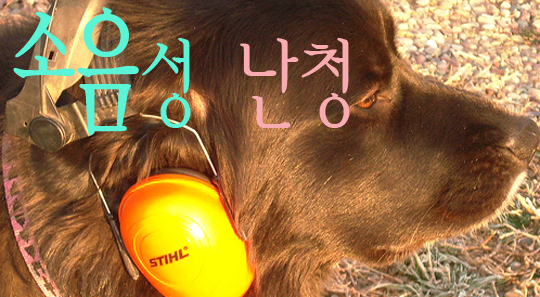


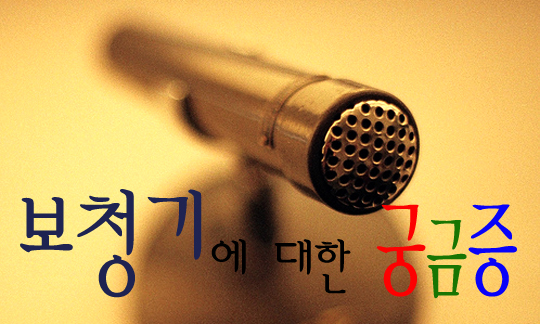

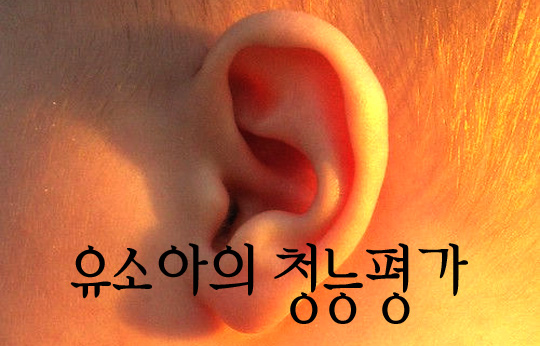



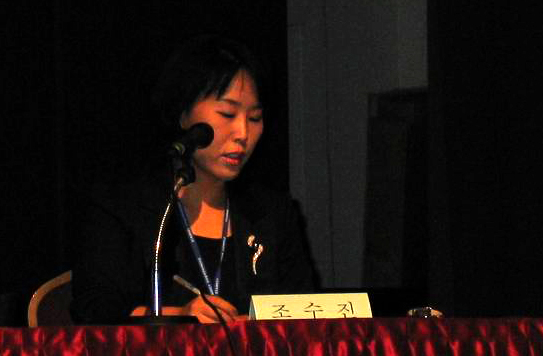
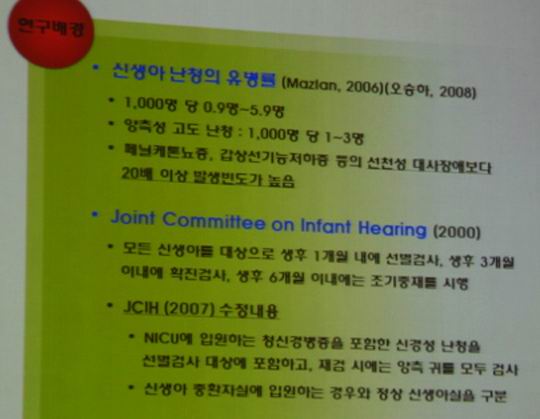
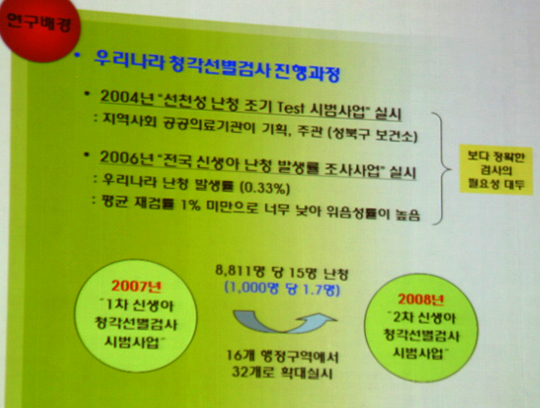
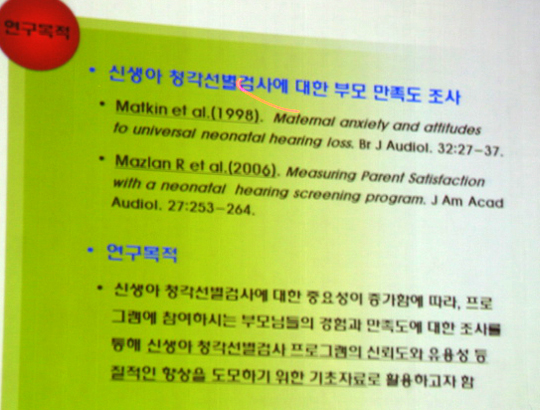
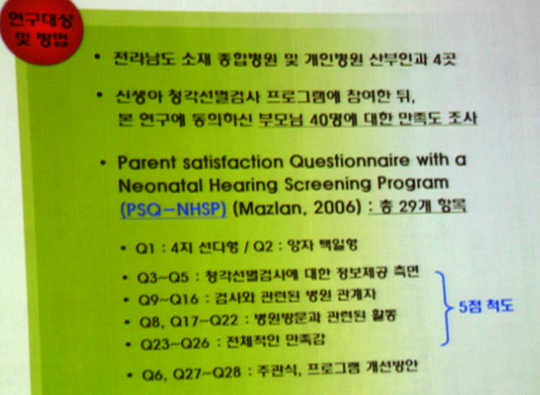
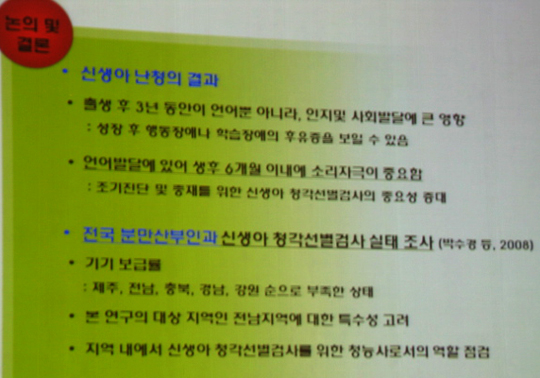
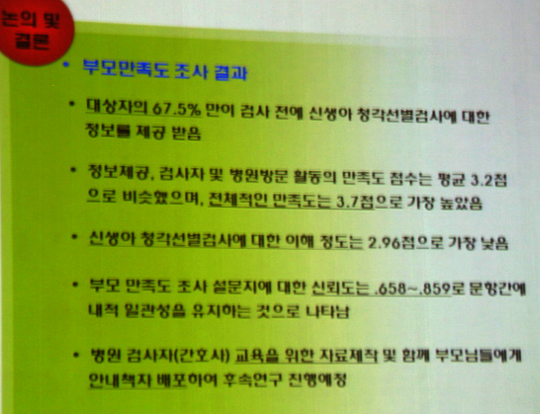
 인공와우아동을위한교사용지침서개발연구.pdf
인공와우아동을위한교사용지침서개발연구.pdf